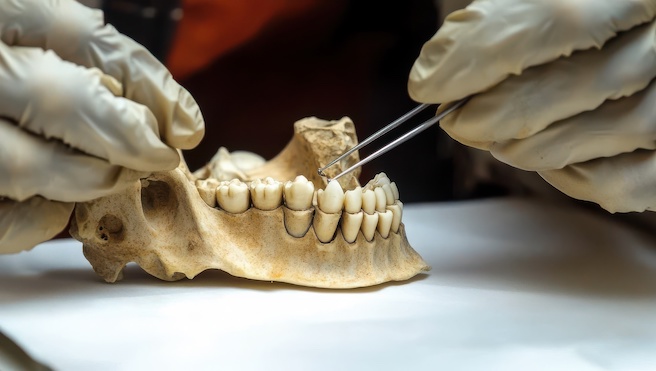
Ancient teeth unearth hominin discovery in Ethiopia

Fossilized teeth discovered in Ethiopia have revealed new insights into a critical era of human evolution, identifying previously unknown hominin diversity during a poorly understood time period.
Two fossil teeth unearthed from sediment layers in the Ledi-Geraru region of Ethiopia have led researchers to identify both Australopithecus and Homo species dating back to between 2.78 million and 2.59 million years ago. These findings, published in Nature, bridge a crucial gap in the human fossil record, a period when the well-known Australopithecus afarensis, which is famously represented by “Lucy,” vanished and new hominin genera emerged.
The team analyzed the dental morphology of several hominin specimens found between 2015 and 2018, using detailed stratigraphic dating techniques. The study noted that one of the teeth, a mandibular premolar designated LD 302-23, was attributed to the genus Homo based on its shape and wear patterns that distinguish it from earlier Australopithecus or robust Paranthropus types.
The discoveries show that early Homo and Australopithecus co-existed in eastern Africa before 2.5 million years ago, suggesting that evolutionary transitions were not linear or immediate, according to the study. Instead, the fossil record from Ledi-Geraru now indicates the presence of at least four hominin lineages — early Homo, Paranthropus, Australopithecus garhi and a newly identified form of Australopithecus — in the region between 3 million and 2.5 million years ago.
“[This discovery shows that] the hominin fossil record is more diverse than previously known,” the authors wrote.
Read more: Nature
The article presented here is intended to inform you about the broader media perspective on dentistry, regardless of its alignment with the ADA's stance. It is important to note that publication of an article does not imply the ADA's endorsement, agreement, or promotion of its content.